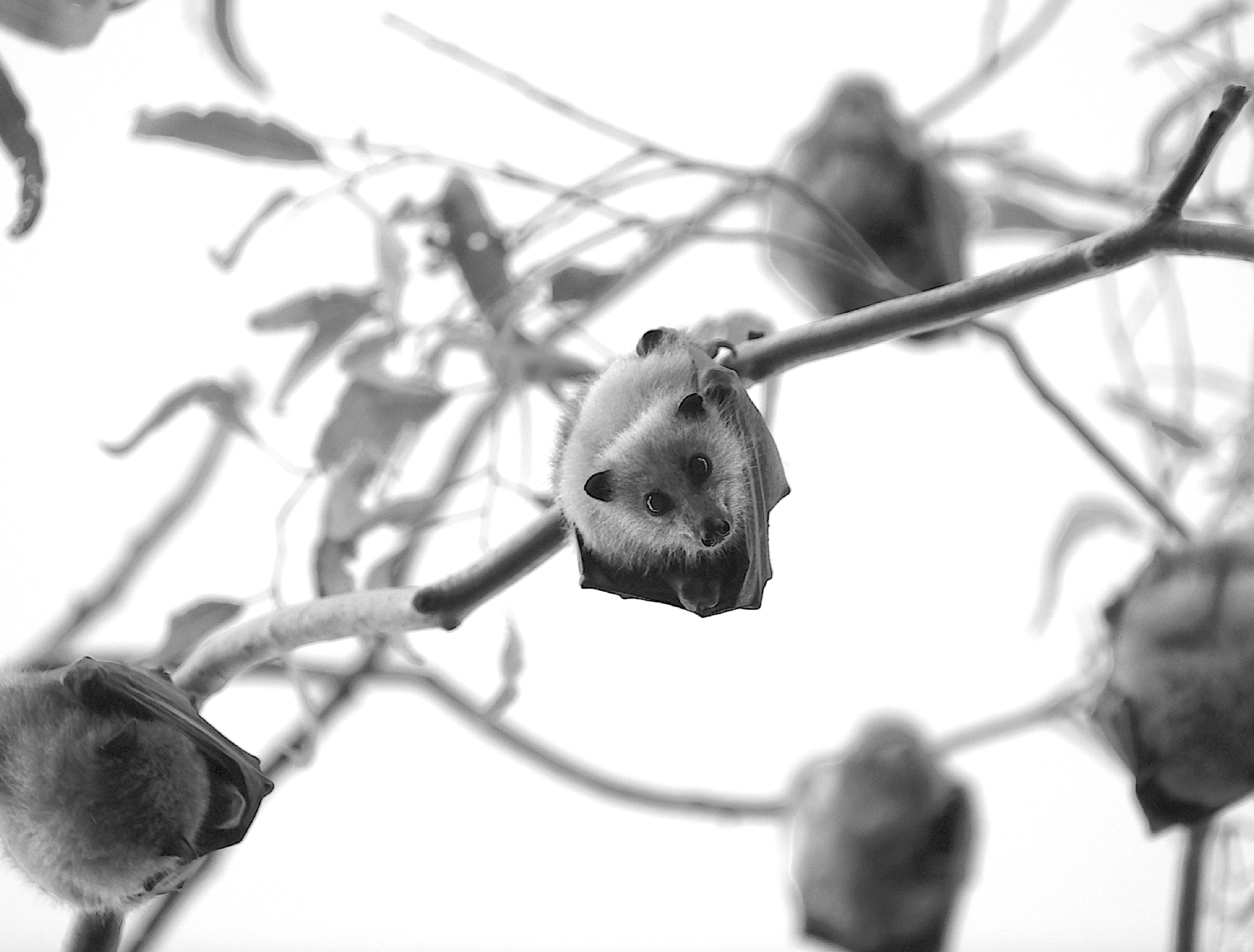Two spillovers in one week: What Australia’s bat viruses are trying to tell us
In the same week, Australia has recorded:
The first Hendra virus spillover case since 2022, resulting in a horse's death
The first human fatality from lyssavirus (ABLV) spillover since 2013, maintaining its 100% case fatality rate.
Flying foxes carry both viruses, but <1% of wild Australian bats carry ABLV.
Protecting bat habitat (roosting and feeding sites and connective habitat) is imperative because when their habitat is under threat, they are more likely to come into contact with humans as they search for better places to feed and live.
Beautiful grey-headed flying foxes in Adelaide.
When their habitat is under threat, they are also more likely to be stressed.
Stress alters the balance between the host and the virus, potentially increasing viral replication and shedding. Viral shedding is the process by which viruses are released from an infected host into the environment, allowing the virus to spread to others.
In Australia, flying foxes play vital ecological roles as pollinators and seed dispersers, supporting the health and regeneration of native forests and other ecosystems.
Healthy bat habitat. Healthy bats. Healthy humans.
This is why a #OneHealth approach is vital. https://www.jakemrobinson.com/blog/the-nature-of-pandemics
https://www.smh.com.au/national/nsw/no-effective-treatment-man-dies-in-nsw-s-first-case-of-rare-bat-disease-20250703-p5mca5.html
https://www.news.com.au/technology/science/animals/deadly-hendra-virus-confirmed-in-state-for-first-time-since-2022/news-story/13d6c22e0e9c1ba6aa4bdb1617e7b3eb
Find out more in The Nature of Pandemics: Why Protecting Biodiversity is Key to Human Survival - coming in October: https://pelagicpublishing.com/products/the-nature-of-pandemics

